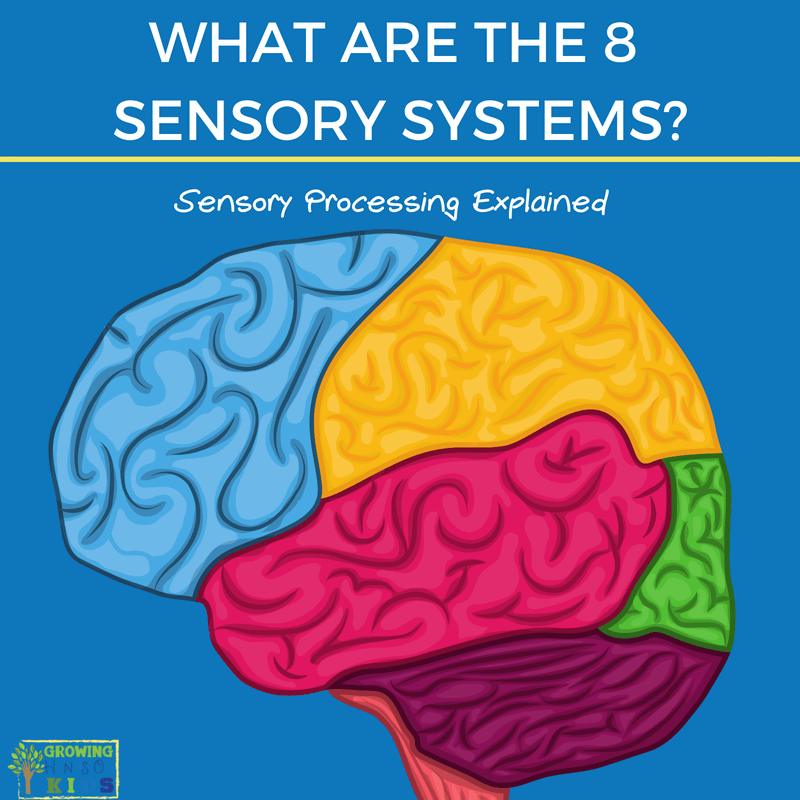

These technologies have allowed researchers to observe human learning processes directly. Science has been advanced, in part, by the advent of non-invasive imaging technologies, such as positron emission tomography (PET) and functional magnetic resonance imaging (FMRI).


Clarification of some of the mechanisms of learning by neuro. As the sciences of developmental psychology, cognitive psychology, and neuroscience, to name but three, have contributed vast numbers of research studies, details about learning and development have converged to form a more complete picture of how intellectual development occurs. What is new, and therefore important for this volume, is the convergence of evidence from a number of scientific fields. However, it is now known that these silent areas mediate higher cognitive functions that are not directly coupled to sensory or motor activity.Īdvances in neuroscience are confirming theoretical positions advanced by developmental psychology for a number of years, such as the importance of early experience in development (Hunt, 1961). This belief appears to have arisen from the early neuroscience finding that much of the cerebral cortex consists of “silent areas” that are not activated by sensory or motor activity. Another widely held misconception is that people use only 20 percent of their brains-with different percentage figures in different incarnations-and should be able to use more of it. Another is the notion that the brain grows in holistic “spurts,” within or around which specific educational objectives should be arranged: as discussed in this chapter, there is significant evidence that brain regions develop asynchronously, although any specific educational implications of this remain to be determined. Among these is the concept that the left and right hemispheres of the brain should be taught separately to maximize the effectiveness of learning. In considering which findings from brain research are relevant to human learning or, by extension, to education, one must be careful to avoid adopting faddish concepts that have not been demonstrated to be of value in classroom practice. The fields of neuroscience and cognitive science are helping to satisfy this fundamental curiosity about how people think and learn. Interest runs particularly high in stories about the neuro-development of babies and children and the effect of early experiences on learning. As the popular press has discovered, people have a keen appetite for research information about how the brain works and how thought processes develop ( Newsweek, 1996, 1997 Time, 1997a, b).


 0 kommentar(er)
0 kommentar(er)
